Search Images
Browse Content (p. 1143)
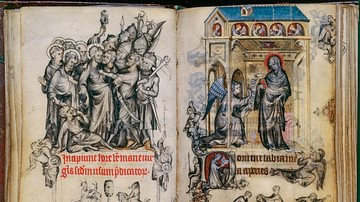
Image
Book of Hours of Jeanne d'Evreux
Jean Pucelle: Hours of Jeanne d'Evreux. 1325-28 CE, Metropolitan Museum, New York.
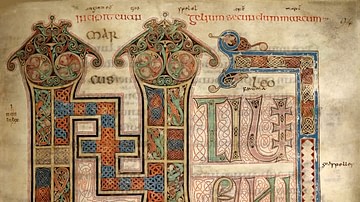
Image
Lindisfarne Gospels
Initial page of the Gospel of St. Mark from the Lindisfarne Gospels (c. 700-715 CE), created at the Lindisfarne Priory on the “Holy Island” off the coast of Northumbria, Britain.
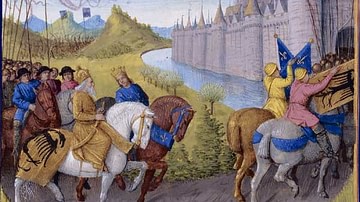
Image
The Second Crusaders Arrive in Constantinople
A 15th century CE painting by Jean Fouquet depicting the Second Crusaders (1147-49 CE), led by Louis VII and Conrad III, as they arrive at Constantinople.
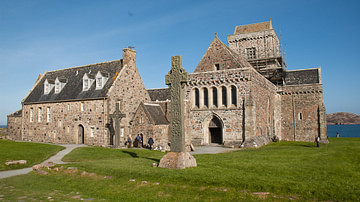
Image
Iona Abbey
Iona Abbey, Scotland.
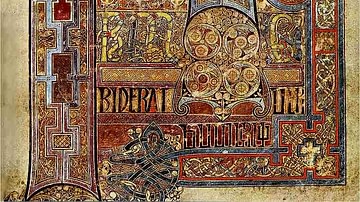
Image
Book of Kells, Folio 292r
The Book of Kells, (folio 292r), c. 800 CE, showing the lavishly decorated text that opens the Gospel of John. (Trinity College Library)
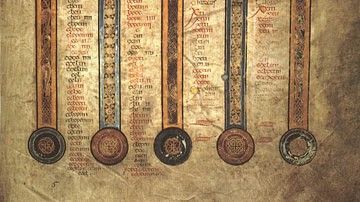
Image
Book of Kells, Folio 5
Folio 5 of the Book of Kells with the Eusebian Canons.
Trinity College Library

Image
Book of Kells, Folio 27
Folio 27 of the Book of Kells with the four evangelists.
Trinity College Library
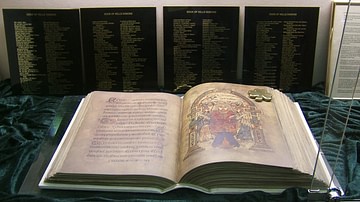
Image
The Book of Kells
Facsimile of the Book of Kells on public display at Hackley Public Library.
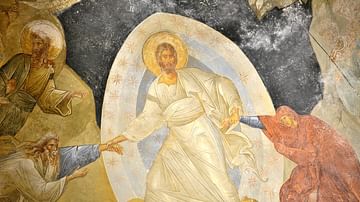
Image
Anastasis Scene in Chora Museum
Anastasis Scene, Chora Museum, Period: Late Byzantine; circa: 14th century CE, Istanbul, Turkey. Anastasis meaning ‘’standing up again’’ in Greek, Anastasis is one of the finest examples of frescoes in the world. It is located in the semi-dome...
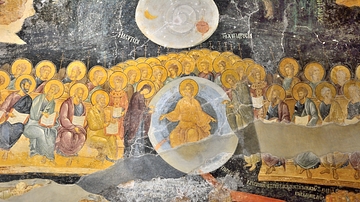
Image
Deesis Scene in Chora Museum
Deesis Scene in Chora Museum, Period: Late Byzantine; circa: 14th century CE. Istanbul, Turkey. Seated in the center of a multi-layered mandorla, Christ is surrounded by Mary, John the Baptist, 12 disciples, martyrs prophets. Mary and John...